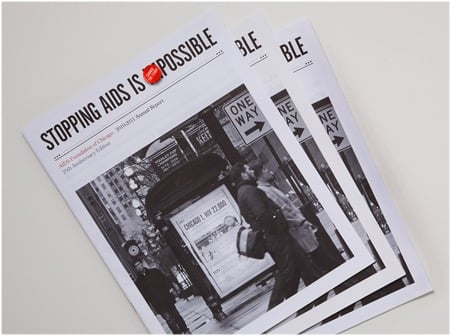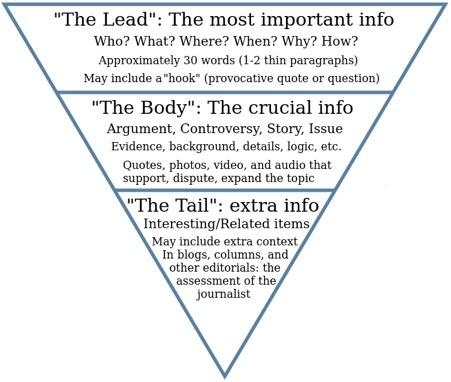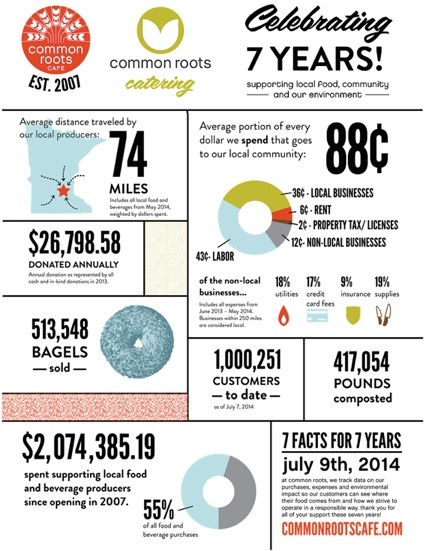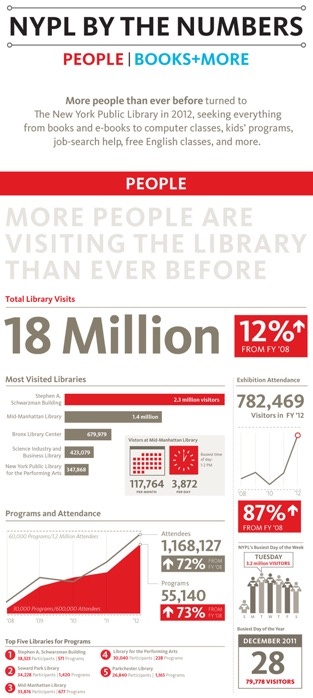Calling all Corp Comms and PR professionals! The time has come for you to start thinking about your organisation’s Annual Report.
Considered by corporate chieftains to be the most significant report card in an organisation, an annual report is usually a necessity for most public listed companies and government agencies.
Anatomy of an Annual Report
Typically, most annual reports or ARs document key milestones in the organisation. They include the following sections:
- Chairman and CEO speeches highlighting the most important points
- Pretty pictures of the Board of Directors and the Management Team
- Glowing review of the past year’s achievements and accolades
- New products or businesses launched during the period of review
- Key Performance Indicators (KPIs) like sales and profit figures, market value, customer satisfaction indicators, and other quantitative measures
- Human Resource (HR) initiatives
- Audited financial statements for the year
In most cases, an AR serves one primary purpose - justify that the money invested in this corporation by its stakeholders (shareholders or taxpayers) are well worth every cent.
Is Your Annual Report Putting Them to Sleep?
Does anybody ever read an annual report? I mean, beyond the Chairman, CEO, CFO and Director of PR?
Sadly, most annual reports are ugly, uninspiring and downright dull. They often do little justice to the organisations which produce them.
Filled with an endless sea of text and “me-too” photos of smiling executives and senior managers, they are so staid and predictable that nobody wants to read them.
What can you do to spice up your AR and make it as compelling as the next Stephen King novel?
Tips to Make Your Annual Report Rock
Here are some ways you can transform your ARs from snooze worthy to scintillating.
#1 Turn your Annual Report into a Magazine or Newspaper
Transform your annual report from snooze-worthy to sensational by adopting the best principles of publishing design and editorial.
Instead of merely recording what you have done over the past year or so, highlight what the major “news points” were. Turn each section into a “breaking” story, and focus on the unique news hooks in your corporation.
Use an eye-catching headline for each page of your annual report, beginning with the cover.
Aids Foundation of Chicago has a nice example here. Look at the cover of their 2010/2011 annual report here:
Source: isubstance.com
#2 Use the Inverted Pyramid Style of Writing
This brings us to our next related point about writing in a journalistic fashion, which is namely this: adopt the inverted pyramid style of writing.
For decades and maybe even centuries, newspaper journalists have focused on getting the main story out as quickly as possible. This is especially true in today’s time-starved and digitally distracted world.
In using the inverted pyramid writing style, adopt the following convention:
- Start with a catchy headline that grabs your reader’s attention. This should be done for each section or page of your annual report.
- Begin the first paragraph with a strong sentence that serves as “The Lead”. This should contain the 5Ws (Who? What? Where? When? Why?) and 1H (How?).
- Work on the “Body” of your section thereafter with more details. This would include any form of information that substantiates your points.
- Finally, end with a tantalising “Tail” which may also include a personal “Call To Action”. For example, you could end with an action from the reader: “The next time you think about the widget that goes into your laptop, consider how ABC company made it all run smoothly. Every single day.”
Source: wannabehacks
#3 Enliven with Infographics
Do you know that infographics has been around as long as print publications have been?
In an age where Annual Reports are increasingly read on mobile devices, you can bet that 95% of what you write is going to be ignored. Sorry to burst your ego but that’s the sad truth!
Fortunately, you can save the day by incorporating an eye-catching infographic to highlight your most important set of facts and statistics!
Have a look at some of the examples below to see how a Café and a public library (yes, not Disneyland folks) can use infographics to make their annual reports come alive.
Source: The Able Altruist
Source: The Able Altruist
#4 Invest in Jaw Dropping Photography
They say a picture paints a thousand words. When you have 10s of thousands of words in an annual report, the picture becomes even more important.
If necessary, get your Board members and executive leadership to do crazy stuff and capture it with a nice photo. Trust me, this will get a lot more people talking rather than the usual boring “men and women in suits” that we see too often in Annual Reports.
Be like Richard Branson!

Courtesy of Sunday Express
#5 Break It Up into Bite-Sized Chunks
These days, nobody is willing to plough through a huge paragraph of words. Least of all a “How Great Thou Art” piece of corporate puffery which you can find in most annual reports.
The challenge then is this: how can you hold their attention so that they learn all about the wonderful things which you did?
Simple. Just break up your information into smaller and more digestible chunks of information.
Here are some ways to do so:
- Use headlines, sub heads, whitespaces and bolded texts to make your annual report easy to read
- Create box stories to highlight certain areas that you would like to focus on.
- Shorten your paragraphs so that they contain no more than 2 or 3 sentences each.
- Use tables, graphs and charts to highlight statistics and numbers (see the section on infographics).
- Consider introducing cartoons or comic strips to lighten the mood of the annual report. Make your chairman and CEO caricatures!
#6 Include Case Studies, Testimonials and Quotes
Anybody who is in business these days knows that what your customer says is going to be more important than what your CEO says.
Use your annual report to shine the spotlight on your customers. Make them the star of your annual report by taking a nice photo of them and including a quotable quote from them.
Nothing convinces an investor or member of the public better than a case study, complete with real persons. Just 2 or 3 would do the trick.
Here’s an example from Parkway Neuroscience & Spine Institute

Source: Vertical Response
#7 Make It Personal
Last, but certainly not least, consider introducing personal stories and perspectives from your customers, staff, beneficiaries, or partners.
Reach out to your target readers with an anecdote that they can relate to, and make it as heartfelt and genuine as possible. Avoid the itch to pump it full of corporate fluff – keep the language conversational and day to day.
Here’s an example of how it can be done from Allison Walsh:
Source: Allison Walsh Design





